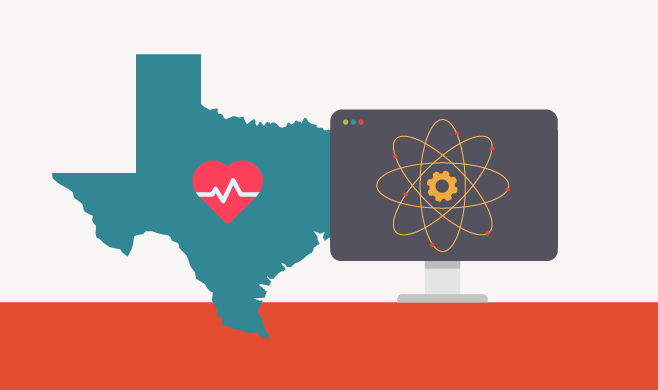Is Your Product Strategy a ‘Word Salad’?
Frameworks, however flawed, are critical tools for leaders. Having a system to help you think clearly, segment activities, and create priorities, will help you create momentum and scale thinking through those you lead. It will help you achieve better strategic and tactical outcomes. The higher up you go in an organization, the more important it is to be able to share ideas and structure thinking in a memorable way.
Useful Frameworks
A useful framework will serve to order the thinking of your teams in ways that will align them, promote project confidence, and elicit intrinsically motivated, authentic commitment. It will reduce the collective cognitive load associated with strategy and prioritization and allow your teams and the people on them to spend more time creating and working toward your shared strategic goals. Analogies, metaphors, and contextual models, in the form of a framework, help us scale our leadership through others. When teams are using the same language and shared context, through metaphors, outcomes will improve.










